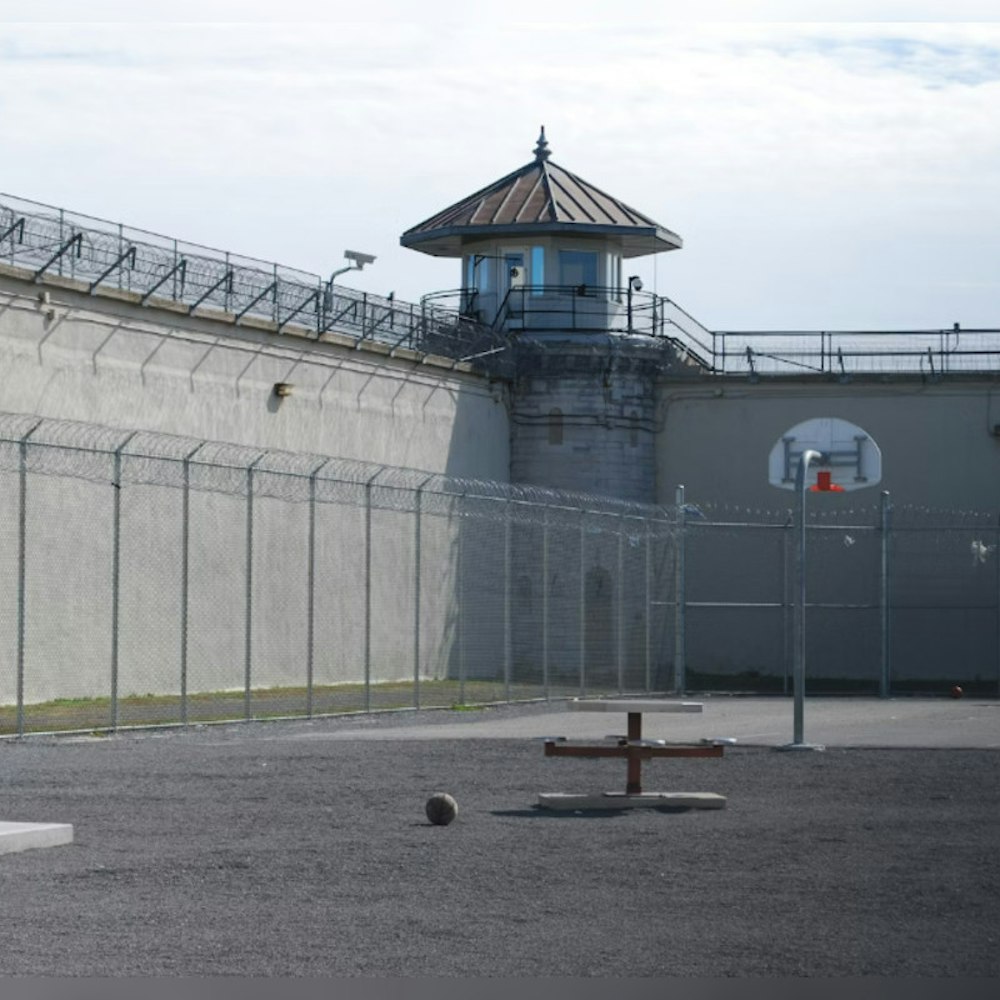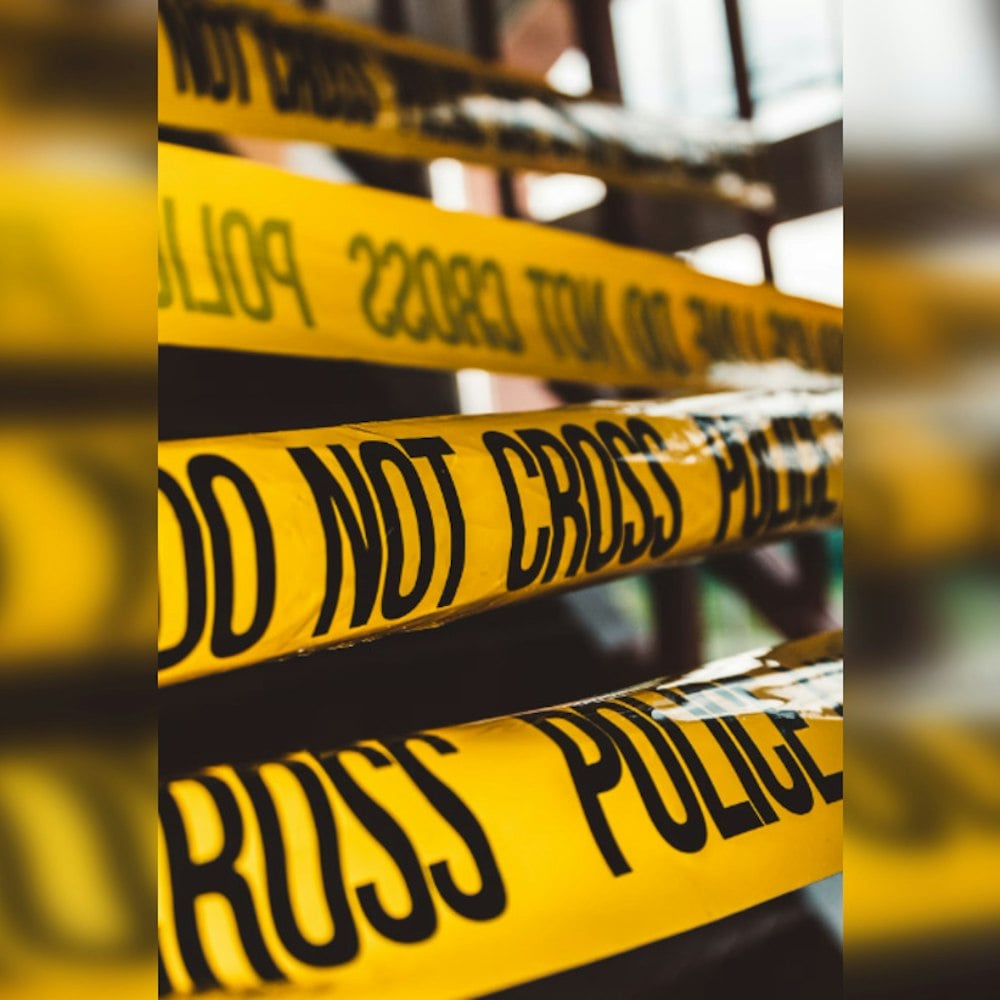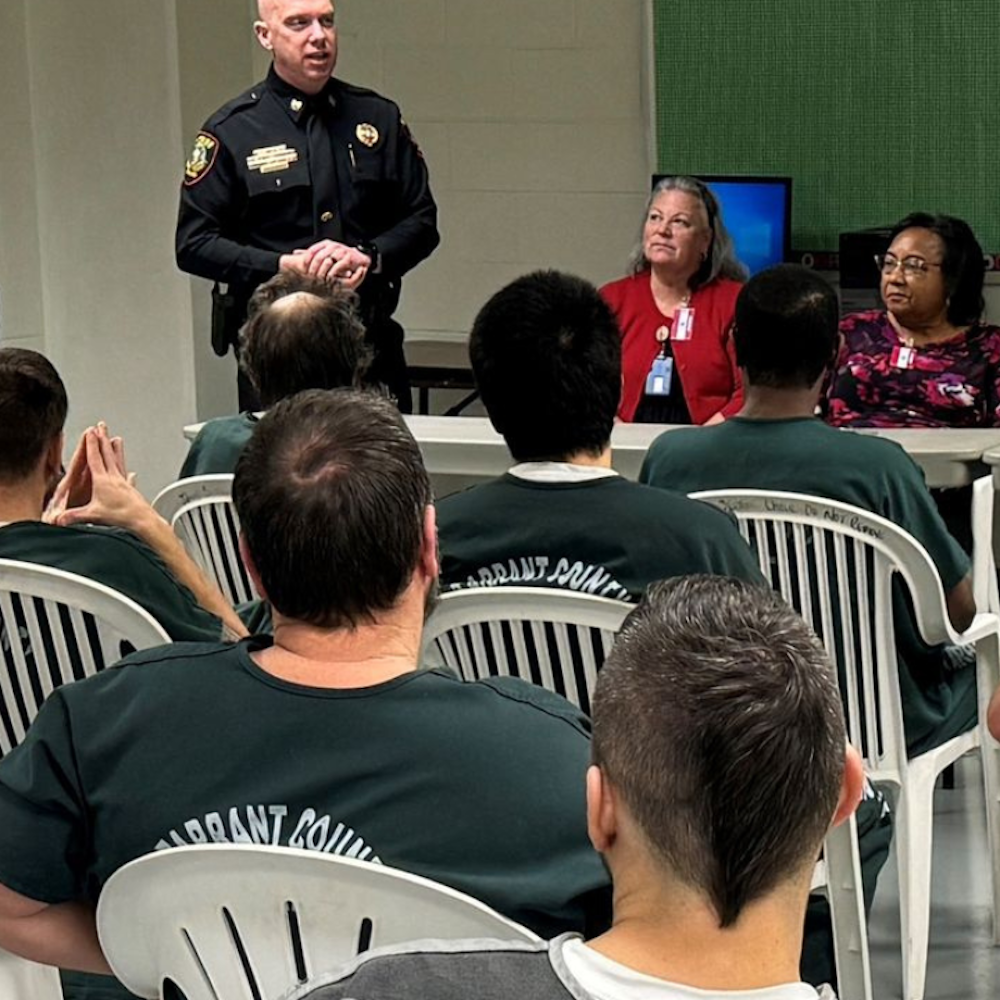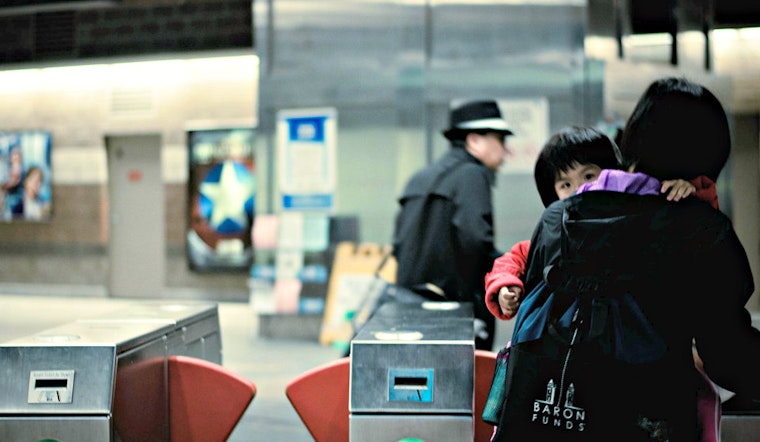
Last night, the Bay Area Rapid Transit agency's Board of Directors approved a proof of payment system that will require riders to present tickets to police and fare inspectors if asked.
The ordinance was passed to deter fare evasion, which costs BART an estimated $25 million a year, according to recent estimates.
Currently, fare-evading riders can only be cited at ticket gates, either by a police officer who witnessed the incident, or by an employee or rider who's willing to perform a citizen’s arrest.
However, beginning on January 1st, passengers who are either within the paid areas of all BART stations or are riding on a train may be asked to provide a paper ticket or Clipper card to a fare inspector or police officer for proof of payment.
Clipper cards will be scanned with an electronic device, SFGate reports.
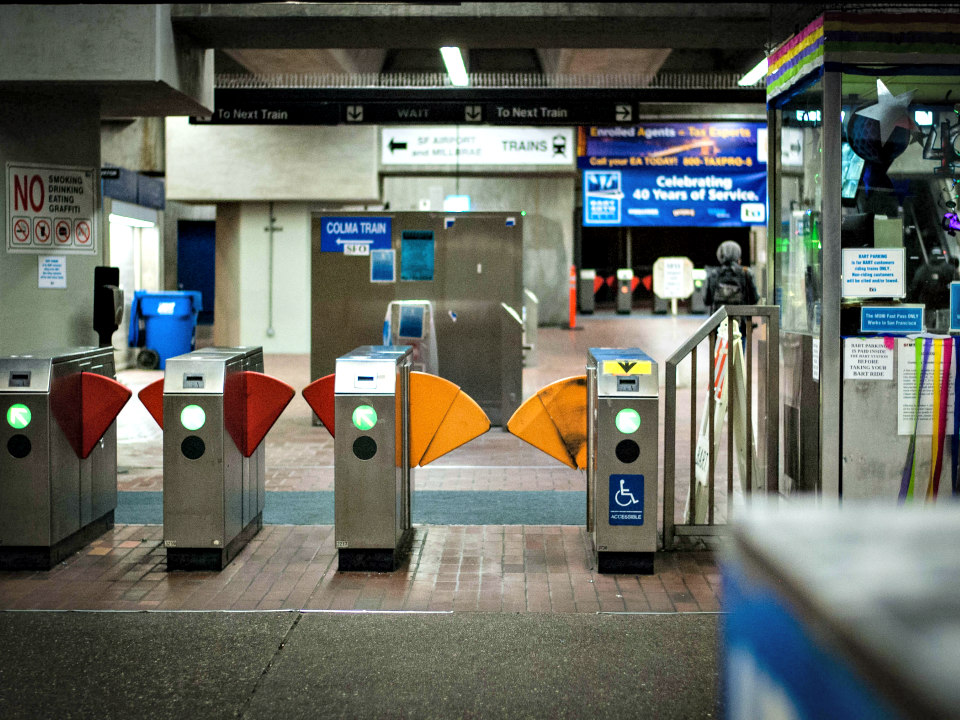
BART’s board agreed to limit fines to $60 for payment-skipping youths aged 5–17, and minors will only be issued civil fines. A companion ordinance also passed allowing juveniles to be fined for fare evasions without acquiring a criminal record.
Fines were set at $75 for fare-evading adults, although adult violators may one day be fined up to $120. Civil citations are similar to parking tickets, and adults can be issued two citations in a rolling 12-month period before they become criminal citations.
The Board of Directors’ latest ordinance permits low-income earners who are slapped with a citation to complete community service instead of paying their fines, and for the month of January, warnings, rather than citations, will be issued to all offenders.
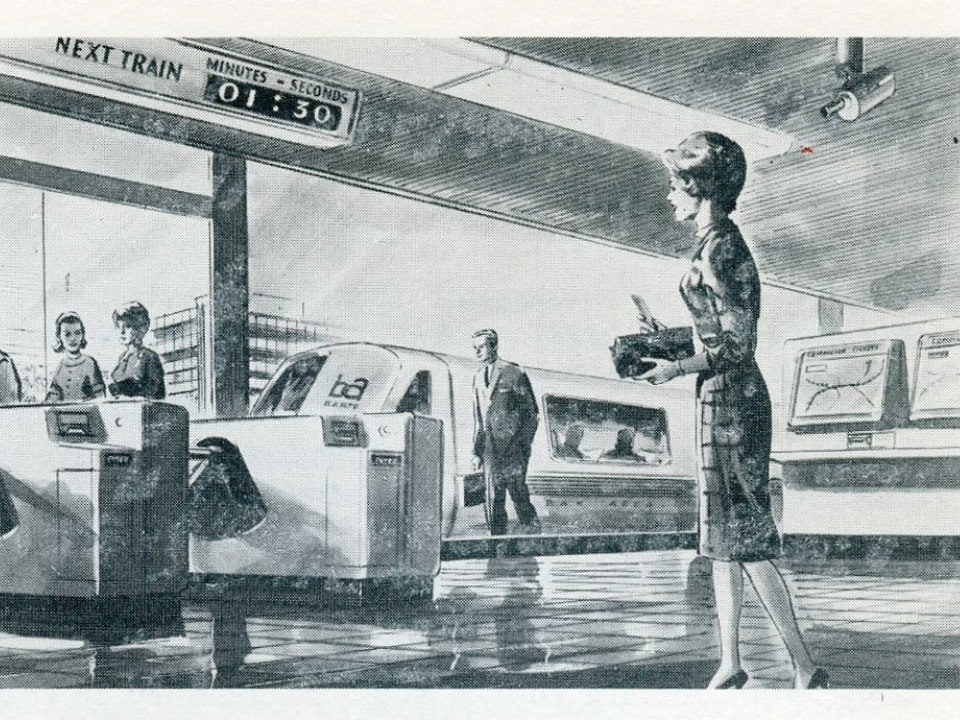
Initially, some directors expressed concerns that fare inspections would discriminate against certain passengers, including homeless individuals, youth and people of color. However, to provide unbiased enforcement, BART police said they’ll inspect proof of payment from all passengers, by going from one rider to the nearest patron without skipping anyone.
All inspections will be captured by body-mounted cameras, and footage will be reviewed regularly by police supervisors and randomly by BART’s independent police auditor. Demographic reports on the proof of payment system will be filed quarterly, and BART directors will receive status reports on the larger program every six months.
Muni and Caltrain already have proof of payment systems in place; however, as we reported earlier this year, SFMTA has its own struggles with fare evasion.
Based on our analysis, nearly a third of fare evasion citations were given out within half a mile of SFMTA’s headquarters (1 South Van Ness Ave.), more than half were handed out within one mile, and 85 percent total were issued within two miles.
